Power draw under control...
Over time, we have tested ten motherboards with Intel B660 and Z690 chipsets in great detail. From more than 5000 different measurements, we can thus confidently deny some speculations that are usually spread on the Internet from the ignorance of the authors of articles or comments (in discussions). But this is natural. The less substantial the reviews are, the more fertile ground they create for various confusions.
Power draw under control…
“Processor power draw from a 24-pin”, this is sometimes the argument of testers, who derive processor power draw by system power draw with a wattmeter on the wall socket. Aside from the large distortions that arise at the level of varying chipset power draw, the controllers used, or the effect of ARGB LED lighting on overall power draw, this too can be described as a myth.
In addition to the power draw on the CPU power cables in the motherboard tests, we also analyze the power draw on the 24-pin connector. We have every single wire under control. This means that we know what current ever flows through the 12-volt, 5-volt and 3.3-volt wires.
There are various speculations as to which voltage from the 24-pin powers what. And to some extent it can be different, depending on the specific design of a particular motherboard. These are always small things like some manufacturer doesn’t trust the weak 3.3V branch (with very low current load) and therefore even for devices where the VRM works with 3.3V (typically SSDs), this voltage is produced (changed) from stronger branches, often also from the 12-volt one.
The main load on the 5-volt branch is memory. Some materials state that the memory controller of AMD processors could be powered through the same delivery (through the memory phase). How it really is you will see in motherboard tests, we won’t comment on it now. In the case of the Intel platform, however, there is no 24-pin 5 V (or 12 V) power supply to the CPU. From an electrical design point of view, especially in the case of a monolithic chip, this would also be a very awkward solution.
The fact that the 12-volt 24-pin wire is guaranteed not to power the processor is evidenced by the very low draw on it in a pure processor load. With one exception (Asus TUF Gaming B660 Plus WiFi D4 with obviously more aggressive graphics card management in that mode), the 24-pin 12-volt wires draw 3.7–4.7 W at maximum load. This is used by the graphics card in idle mode, which we have also verified with measurements directly on the PCI Express slot.
The power draw on the 12 V 24-pin increases only under gaming load, because the internal power supply of the graphics card is provided along this route. The difference in regulating the internal power supply (i.e. through the slot) of the graphics card is minimal across boards.
We consider evaluating CPU power draw by deriving it from system power draw at the socket to be irrelevant for the reasons stated above, and the fact that “everybody does it” doesn’t change that.
- Contents
- An examination full of new knowledge
- Possible differences in CPU performance
- Power draw under control...
- ... more efficient VRM does not equal lower power input
- Motherboards are also network, slots and...
- ... USB ports
- SSD coolers are good enough, but they waste material





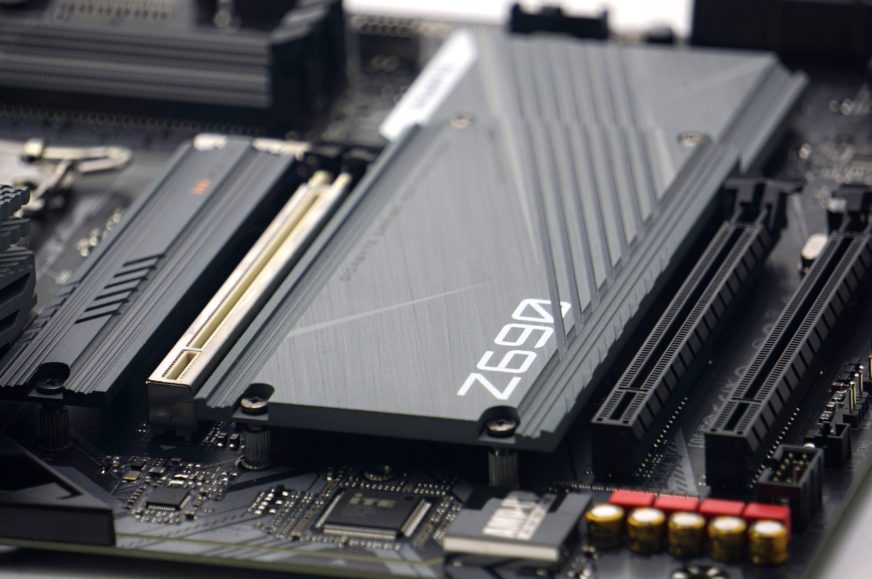
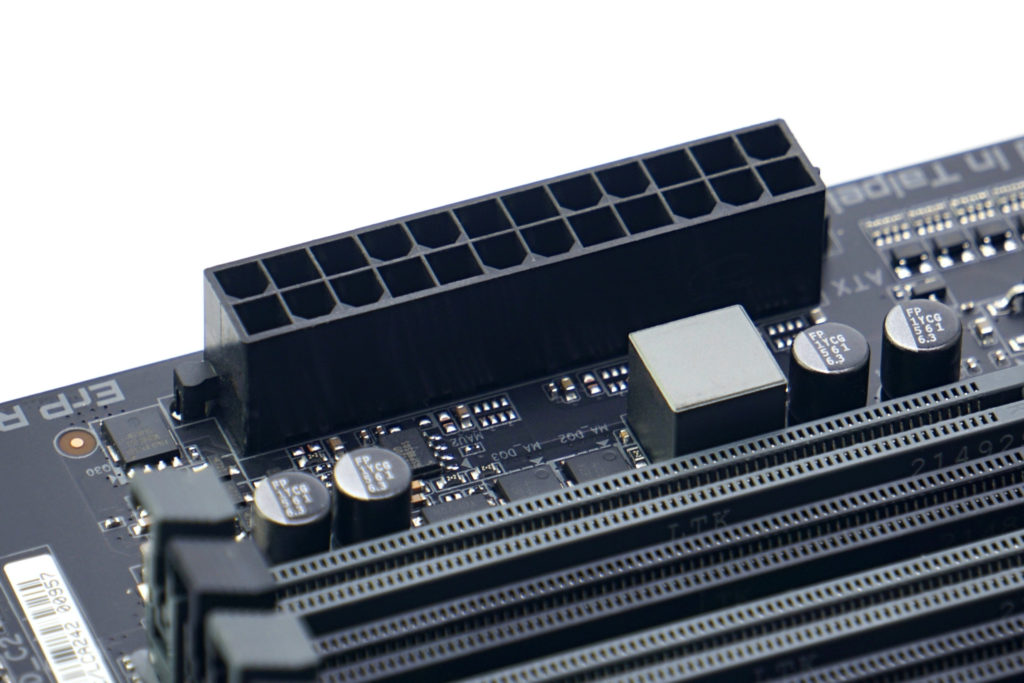
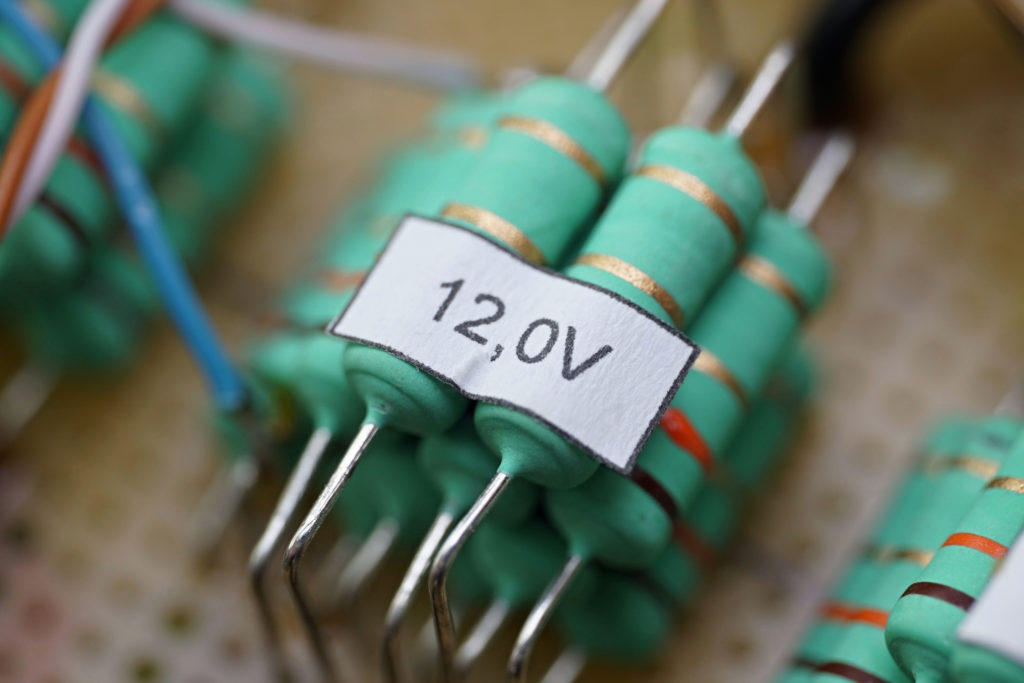

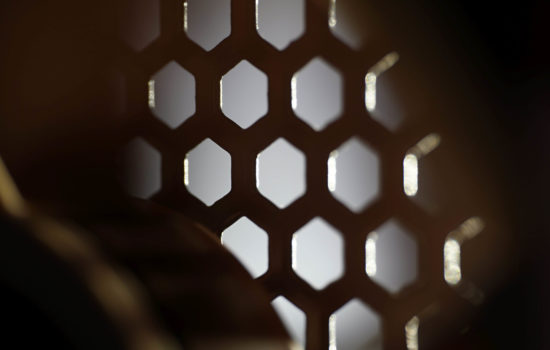

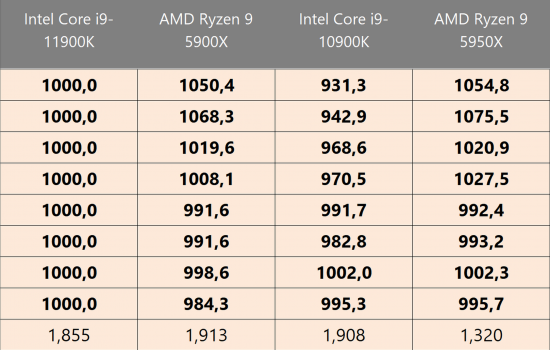



Thanks for the article, quite interesting.
I wonder how much of a difference makes where the M.2 SSD is installed. I ask because the topmost slot is right above the GPU which under stress produces a lot of heat.
Would having the SSD on the lower slot make it considerably cooler?
https://www.hwcooling.net/en/what-s-the-best-position-for-your-ssd-m-2-en/ 🙂
Thanks. Those results make sense.